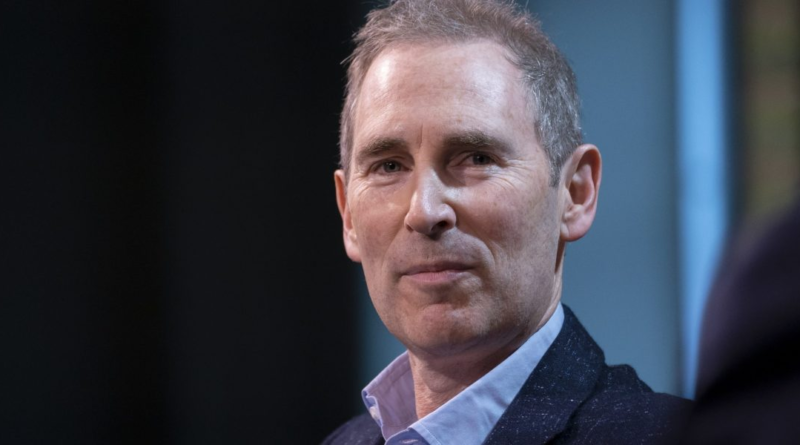Amazon sharply upped 'performance improvement plans' for workers. Then came tens of thousands of layoffs
In the months before Amazon laid off tens of thousands of workers, it also put a large number of employees on performance improvement plans, known as PIPs, according to a new report.
The details were uncovered in a set of documents from Amazon’s HR department obtained by Business Insider. According to documents from early 2023, Amazon placed thousands of employees a month into the initial phase of its PIP process in the months leading up to multiple rounds of layoffs it conducted from November 2022 to March 2023, when the company cut a total of 27,000 employees.
Performance improvement plans, common at large companies, are a way to formally tell workers they need to improve, and being put on a PIP is commonly understood as a step toward termination. (When done correctly, though, PIPs can be an effective way to provide proper guidance to a struggling employee and help them keep their job.)
In April 2022, about six months before the layoffs started, Amazon placed less than 2,000 employees into the first phase of its PIP, which it internally calls Focus. At the end of the year, once the layoffs had commenced, upwards of 3,300 staffers a month were on such a plan. The following January the number continued to climb even higher, according to Business Insider.
Over the same time period, the number of employees who entered into the second stage of Amazon’s PIP programs, called Pivot, doubled.
Stricter performance review policies have cropped up at other large tech firms that are looking to trim their workforce—either through layoffs or through other means. Firms often see performance reviews as a way to juice employee turnover at a time when employees are happy to stay put. Meta, which laid off 21,000 employees from November 2022 to May 2023, implemented stricter performance standards regarding employee bonuses. Once known for lavish stock bonuses for strong performers, Meta lowered the payout from 85% to 65% of their available bonuses for those with good, but not great, performance ratings. Meanwhile Google, which laid off about 13,000 employees over the course of last year, instructed managers to factor office attendance into performance reviews. The announcement came after Google executives pushed employees to return to the office, which was met with predictable reluctance from the rank and file.
Some consider these changes in management policy to be an effort to push certain employees out the door without going through costly and morale-lowering layoffs—a practice known as “quiet firing.” If companies can create conditions that make some employees leave the company, they are likely to save money on severance costs. The risks of such a strategy are that talented employees may be pushed out of the company rather than offered the necessary coaching to thrive.
Amazon is known for having a high-performing culture with demanding standards. It has a reputation for letting go of a certain percentage of its worst performing employees every year. Within Amazon the practice is called “unregretted attrition.” The concept was also mentioned in the memo detailing the number of employees on PIPs, according to Business Insider, which previously reported that Amazon aims for an annual “unregretted attrition” rate of 6%. If the company was falling behind that goal, managers were encouraged to put “underperforming employees to Focus, [resolve] Focus entries in a timely manner, and [move] employees to Pivot if they are unable to meet the performance bar,” according to the documents.
In a statement to Fortune, Amazon denied the previous layoffs were connected to its PIP process. “To conflate the two is simply wrong, because role eliminations reflect the business need for a specific type of position,” a spokesperson said in an email. “That’s unrelated to our performance management process which is in place to help individual employees who need support to meet expectations.”
Amazon added that the way it reports the metrics used to calculate the numbers of employees on PIPs changed “more than a year ago,” meaning that the figures were “not reflective of accurate internal data.”
A PIP, like those issued by Amazon, in and of itself isn’t a sign of “quiet firing” or of an effort to force workers out. The Amazon documents don’t reveal how many employees successfully completed the PIP, nor how many of those on PIPs were among the people laid off in the job cuts from 2022 to early 2023. Amazon did not respond to a question about how many employees successfully completed a PIP and therefore remained at the company.
Nonetheless, PIPs can be an uncomfortable part of work, a fact Amazon seemed to acknowledge as it asked managers to identify weaker performers.
“In order to maintain a high and rising performance bar, we plan to refresh part of the employee population each year,” Amazon’s HR department said, according to the documents obtained by Business Insider. “Managers, however, do not engage in performance management work eagerly. Therefore we cannot rely on good intentions and need to create accountability.”




